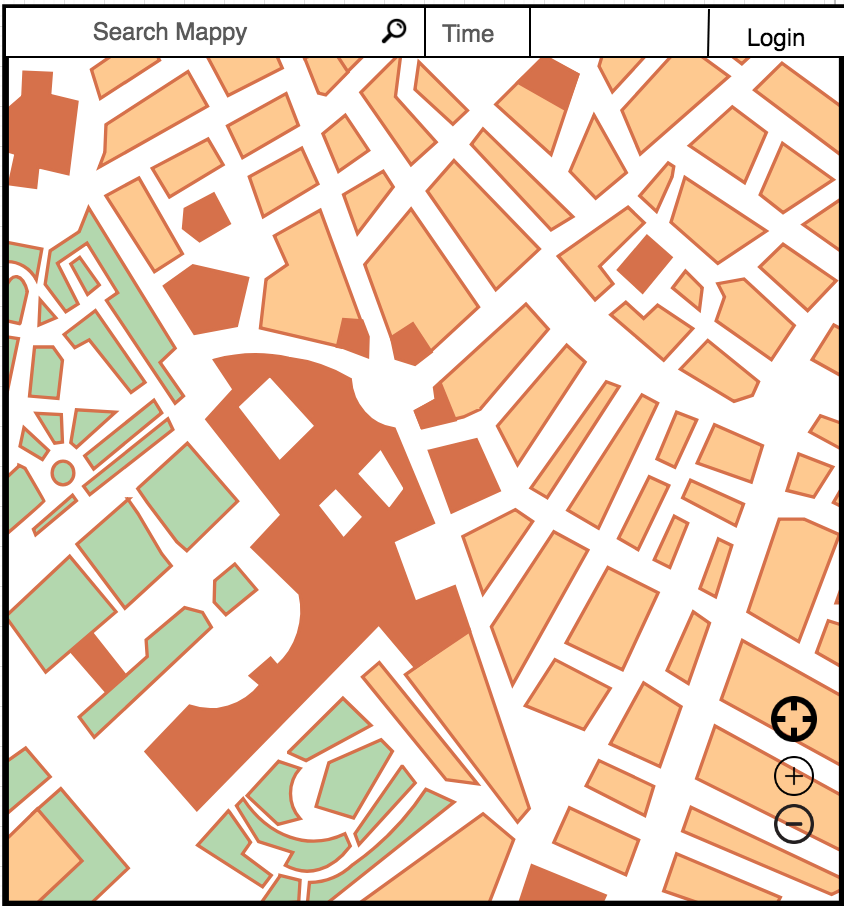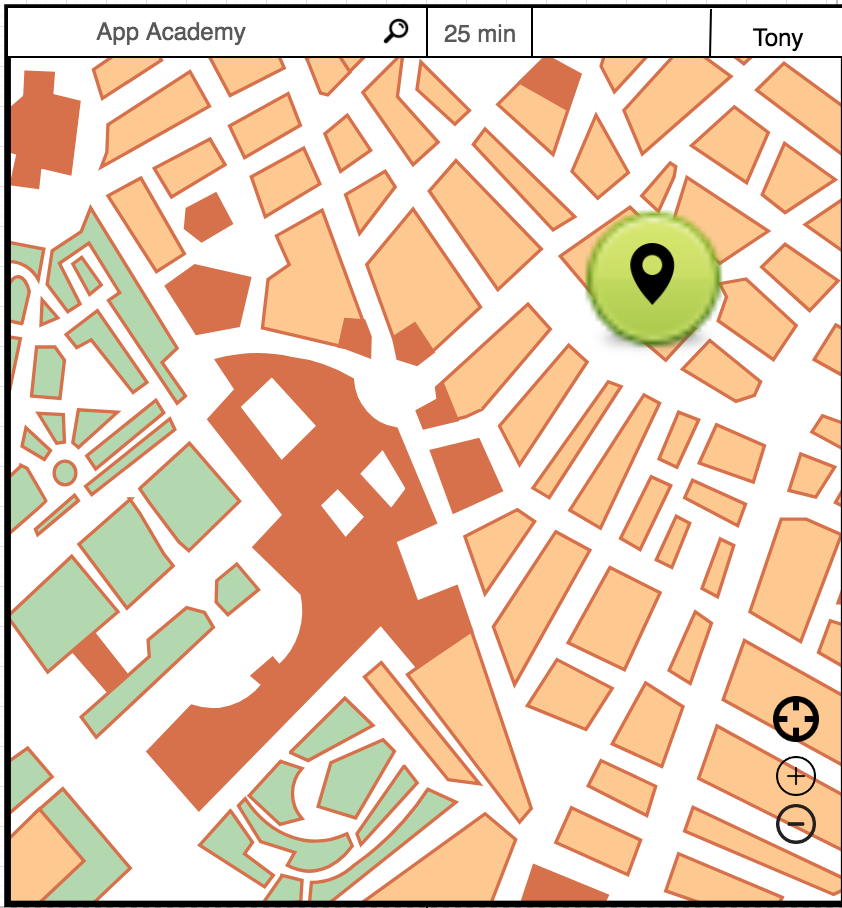“Roamy” is an interactive map application, based on the concept of MoneyMile, that allows users to see a defined area where they can go on a given time frame. The area will be impacted by current traffic conditions, construction, weather, and other factors . This allows people to drop pins on any location and have a visual representation of places are within reach according to the time they have available.
-
General
- Display visual cloud of area reachable within given time frame
- Get current location
- Search Places Information
- Find place in Google Maps
-
Logged In Users
- Track favorite places
- Display favorite places located inside visual cloud
- MongoDB
- Express
- React/ Redux
- Node.js
- Google Maps Distance Matrix API
- Google Maps Places API
- Google Maps Geocoder API
-
Integrating Google Maps:
- Google maps currently provides a distance matrix service where it computes multiple start and end point travel times and distances. This utility allows us to determine how long and far it takes to reach multiple endpoints with a single API call.
-
Constructing the Travel Cloud:
- The determined area of travel based on time will have to be based on the given roads and current traffic situation. We will use a (generic latitude/longitude change per minute ) scale to generate the first Google Maps Distance Matrix call.
- We will then adjust our API calls accordingely based on the return time of each endpoint vs the time available to the User. We will then adjust each respective endpoint until each of our endpoints is less than or equal to the user request time.
- The cloud uses Google Map's distance matrix API to create its form. Twenty points are initialized radiating from the origin using trigonometic ratios, where the distance in Lat/Lng is calculated by the input time and a constant. A distance matrix API call is then sent to Google to determine the time it takes for each travel from origin to destination and subsequent calls will be made for all points to readjust it's value.
- For any given point, a ratio from it's calcuated time and the input time will be used as a scalar for to recalculate it's difference in Lat/Lng from the origin. Points that are withing a 1.5 minutes of the input time will be frozen and no further API calls will be made for that given point.
updatePolygon = (endPoints) => { this.polygon = new this.props.google.maps.Polygon({paths: endPoints}); this.polygonComponent = <Polygon paths={endPoints} strokeColor="#0000FF" strokeOpacity={0.8} strokeWeight={2} fillColor="#0000FF" fillOpacity={0.35} clickable={false} />; }
-
Google Search Places
- Utilized Google Maps Places API to allow users to search places and display place user is looking for in Google Maps
queryPlaces() { if (this.state.map && this.state.query !== "") { let request = { location: this.state.map.getCenter(), radius: "500", query: this.state.query }; let that = this; function returnPlaces(results, status) { if (status == that.props.google.maps.places.PlacesServiceStatus.OK) that.setState({ queryPlaces: results }) } this.state.service.textSearch(request, returnPlaces); } }
-
UX
- The Frontend will display a large google maps with a nav-bar at the top
- There will be a simple input form that can take in an integer for time and a location. Users can drop a pin to enter a location as well.
- A Login button will be available which will display a dropdown auth page (or modal)
- On enter of a search request, it will render a shape cloud displaying the range.

